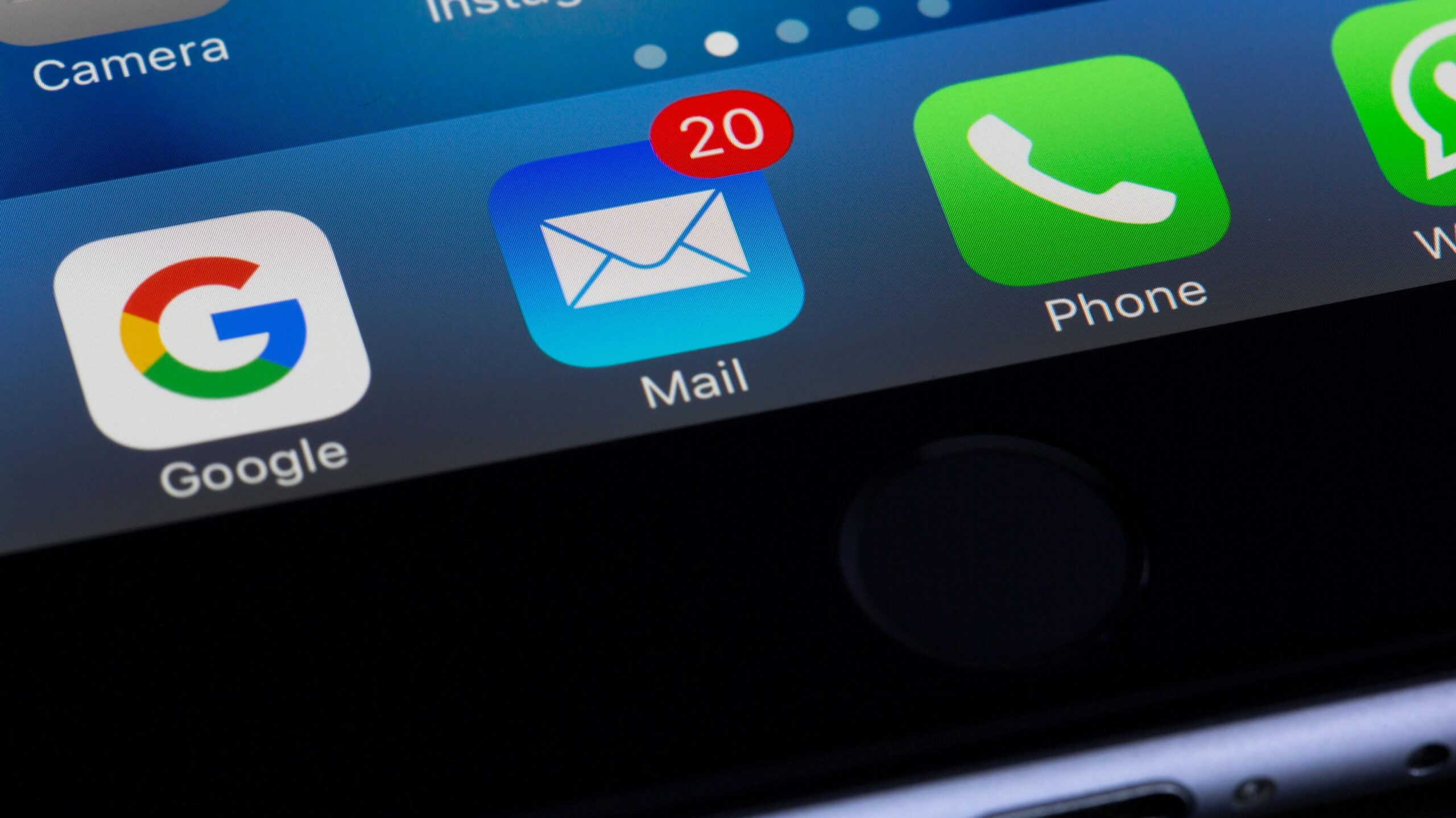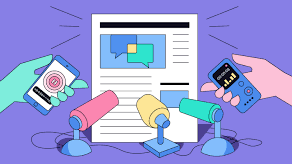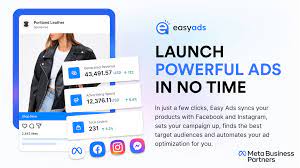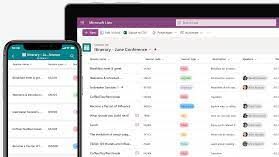Today, content writing is a great option to earn money from home, driving traffic, and achieving marketing objectives.

Knowing the various types of content writing and when to use them can significantly enhance your communication strategy. Here are numerous essential content writing examples and guidance on their optimal use.
1. Blog Posts
Creating blog posts allows you to dive deep into topics and provide valuable information to your audience.
These posts are generally longer and more detailed, making them perfect for establishing authority in your field and improving SEO. Blogs can cover a wide range of subjects, from industry news to how-to guides, and they often encourage reader interaction through comments and shares.
Before writing a blog post, conduct thorough research to ensure accuracy and depth. Use engaging headlines and subheadings to break up the text and make it more readable. Incorporating images, videos, and infographics can also enhance the reader’s experience.
2. Social Media Posts

Creating social media posts is a great way to hone your content writing skills. Since posts are typically very short, snappy, and quick, you can easily try out different styles of writing and see what people respond to.
It’s easy to change direction and adapt if you need to tweak your writing style since social media posts are typically fluid and changeable by nature. You can also practice A/B testing with your social media ads—try writing two different posts and sending them to similar demographics and see which one performs better.
Before you write social media posts, make sure to check character limits as well as the demographics of customers who use each platform. This will help you word the post for each platform in a way that will attract the most potential customers.
3. Product Descriptions
Crafting product descriptions involves highlighting the key features and benefits of a product to persuade potential customers to make a purchase. These descriptions should be concise yet detailed enough to give a clear picture of what the product offers. Effective product descriptions can differentiate your product from competitors and drive sales.
Before writing a product description, focus on the unique selling points of the product. Use clear, persuasive language and consider including customer reviews or testimonials to build trust. Ensure the description aligns with the brand’s voice and style.
4. Email Newsletters

Creating email newsletters helps keep your subscribers informed about updates, promotions, and valuable content. These newsletters can nurture leads, drive traffic to your website, and maintain regular contact with your audience.
Before writing an email newsletter, segment your email list to ensure the content is relevant to the recipients. Craft engaging subject lines to improve open rates and include clear call-to-actions to guide readers toward desired actions, such as visiting your website or taking advantage of a promotion.
5. Case Studies
Developing case studies showcases how your product or service has solved a problem for a client, providing social proof and building credibility. Case studies are valuable in B2B marketing to demonstrate successful outcomes and persuade potential clients.
Before writing a case study, gather detailed information about the client’s challenge, the solution you provided, and the results achieved. Use a structured format, including an introduction, problem statement, solution, and conclusion, to present the information clearly and effectively.
6. White Papers
White papers provide in-depth information and research on a specific topic, aimed at educating readers and establishing authority. They are particularly useful in B2B contexts where detailed knowledge and data are crucial for decision-making.
Before writing a white paper, conduct extensive research to gather accurate and comprehensive information. Present the data in a clear, organized manner, using charts and graphs to support your points. Ensure the content is authoritative and professional.
7. E-books

Creating e-books allows you to offer comprehensive information on a topic, often used as a lead magnet to gather contact information from potential customers. E-books can educate your audience in-depth and establish thought leadership.
Before writing an e-book, outline the key topics and structure the content logically. Use a conversational tone to make the information engaging and accessible. Include visuals, such as images and diagrams, to break up the text and enhance readability.
8. Video Scripts
Writing video scripts guides the creation of video content, ensuring clarity and engagement. Video scripts are essential for marketing videos, tutorials, or any content where a visual and auditory medium is more effective.
Before writing a video script, define the video’s purpose and target audience. Write concise, engaging dialogue and plan visual elements to complement the script. Include directions for camera shots, transitions, and other technical aspects.
9. Web Page Copy
Developing web page copy informs visitors about your business, products, or services and guides them through your site. Effective web page copy can create a compelling online presence and convert visitors into customers.
Before writing web page copy, understand your target audience and what information they seek. Use clear, persuasive language and include call-to-actions to direct visitors toward desired actions, such as making a purchase or contacting you.
10. Press Releases

Writing press releases announces newsworthy events, such as product launches, partnerships, or significant achievements. Press releases can gain media coverage and public attention.
Before writing a press release, ensure the information is newsworthy and timely. Use a clear, concise format, including a headline, summary, and detailed body content. Include quotes from key stakeholders and contact information for further inquiries.
11. Infographics
Creating infographics presents information visually to make complex data easily understandable. Infographics are ideal for sharing on social media or in blog posts to enhance engagement.
Before creating an infographic, gather accurate data and identify the key points you want to convey. Use a clean, visually appealing design and include clear headings and labels to guide the viewer through the information.
12. Tutorials and How-To Guides

Developing tutorials and how-to guides provides step-by-step instructions to help users accomplish specific tasks. These guides are great for educating your audience and establishing authority.
Before writing a tutorial, break down the task into clear, manageable steps. Use simple language and include visuals, such as screenshots or videos, to illustrate each step. Ensure the guide is easy to follow and comprehensive.
13. Reviews and Testimonials
Writing reviews and testimonials showcases positive feedback from customers, building trust and credibility. These are effective on product pages, landing pages, and marketing materials.
Before writing a review or testimonial, gather authentic feedback from satisfied customers. Highlight specific benefits and outcomes they experienced. Use genuine quotes and, if possible, include the customer’s name and photo for added authenticity.
14. FAQs
Creating FAQs addresses common questions and concerns about your products or services. FAQs are useful for reducing customer service inquiries and providing quick answers.
Before writing FAQs, identify the most common questions your customers ask. Provide clear, concise answers and organize the questions logically. Regularly update the FAQs to reflect new information or changes.
15. Advertorials

Writing advertorials blends advertising with editorial content to engage readers. Advertorials can subtly promote a product or service while providing valuable information.
Before writing an advertorial, ensure the content provides genuine value to the reader. Use a conversational tone and avoid overly promotional language. Present the product or service as a solution to a problem or need.
16. Interviews
Conducting interviews shares insights and expertise from industry leaders or satisfied customers. Interviews are excellent for blog posts, podcasts, or videos to provide unique perspectives.
Before conducting an interview, prepare thoughtful questions that will elicit detailed and interesting responses. Record the interview accurately and edit the content for clarity and engagement. Include direct quotes and personal anecdotes to add authenticity.
17. Lists

Creating lists presents information in a concise, easy-to-digest format. Lists are ideal for blog posts and social media to engage readers with quick, valuable content.
Before writing a list, identify a clear topic and purpose. Organize the items logically and provide brief explanations or examples for each point. Use bullet points or numbered lists to enhance readability.
18. Webinars
Developing webinars educates and engages your audience through live, interactive presentations. Webinars are effective for lead generation, particularly in B2B contexts.
Before creating a webinar, choose a relevant and engaging topic. Prepare a detailed script and presentation materials. Promote the webinar in advance and interact with attendees through Q&A sessions and polls.
19. Memes
Creating memes uses humor to engage and entertain your audience on social media. Memes can create a viral effect and humanize your brand.
Before creating a meme, understand current trends and ensure the humor aligns with your brand’s voice. Use high-quality images and concise, witty text. Share the meme at optimal times to maximize engagement.
20. Polls and Surveys

Developing polls and surveys gathers feedback and engages your audience through interactive content. These are great for social media and email campaigns to understand your audience better.
Before creating a poll or survey, define the information you want to gather. Write clear, concise questions and provide multiple-choice answers or open-ended fields as appropriate. Analyze the results to gain insights and inform your strategy.
21. Quotes
Sharing quotes inspires and engages your audience with meaningful or motivational content. Quotes are effective for social media posts and blog content.
Before sharing a quote, ensure it aligns with your brand’s values and resonates with your audience. Use high-quality images or graphics to enhance the quote’s impact. Attribute the quote accurately to the original author.
22. News Articles

Writing news articles informs your audience about recent events and developments in your industry. News articles are useful for establishing authority and keeping your audience updated.
Before writing a news article, gather accurate and current information from reliable sources. Write in a clear, journalistic style and include quotes from key stakeholders. Use a compelling headline and lead to grab the reader’s attention.
23. Comparisons
Creating comparisons helps your audience make informed decisions by comparing products, services, or ideas. Comparisons are ideal for blog posts and landing pages.
Before writing a comparison, identify the key criteria for evaluation. Provide unbiased, detailed information on each option and highlight the pros and cons. Use tables or charts to present the data clearly.
24. Checklists

Developing checklists provides a simple, actionable list of tasks or items. Checklists are great for blog posts, emails, and social media to offer practical value.
Before writing a checklist, identify the key steps or items needed for a specific task. Organize the list logically and provide brief explanations if necessary. Use bullet points or numbered lists to enhance readability.
25. Newsletters
Creating newsletters keeps your audience informed about your latest updates and content. Newsletters are effective for regular engagement and driving traffic to your site.
Before writing a newsletter, segment your email list to ensure the content is relevant to the recipients. Craft engaging subject lines to improve open rates and include clear call-to-actions to guide readers toward desired actions, such as visiting your website or taking advantage of a promotion.
Final Words
Mastering various types of content writing is essential for effectively reaching and engaging your audience. Each type serves a specific purpose and can help you achieve diverse marketing goals. By understanding and utilizing these content writing examples, you can enhance your content strategy and drive better results for your business.





